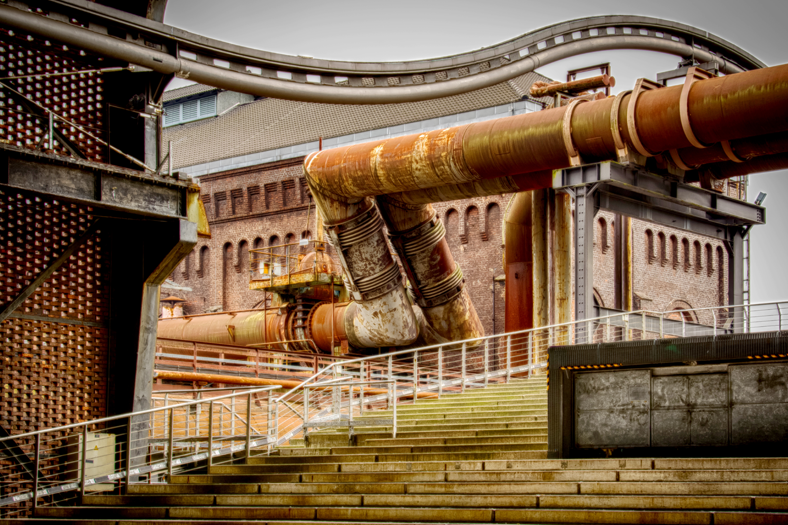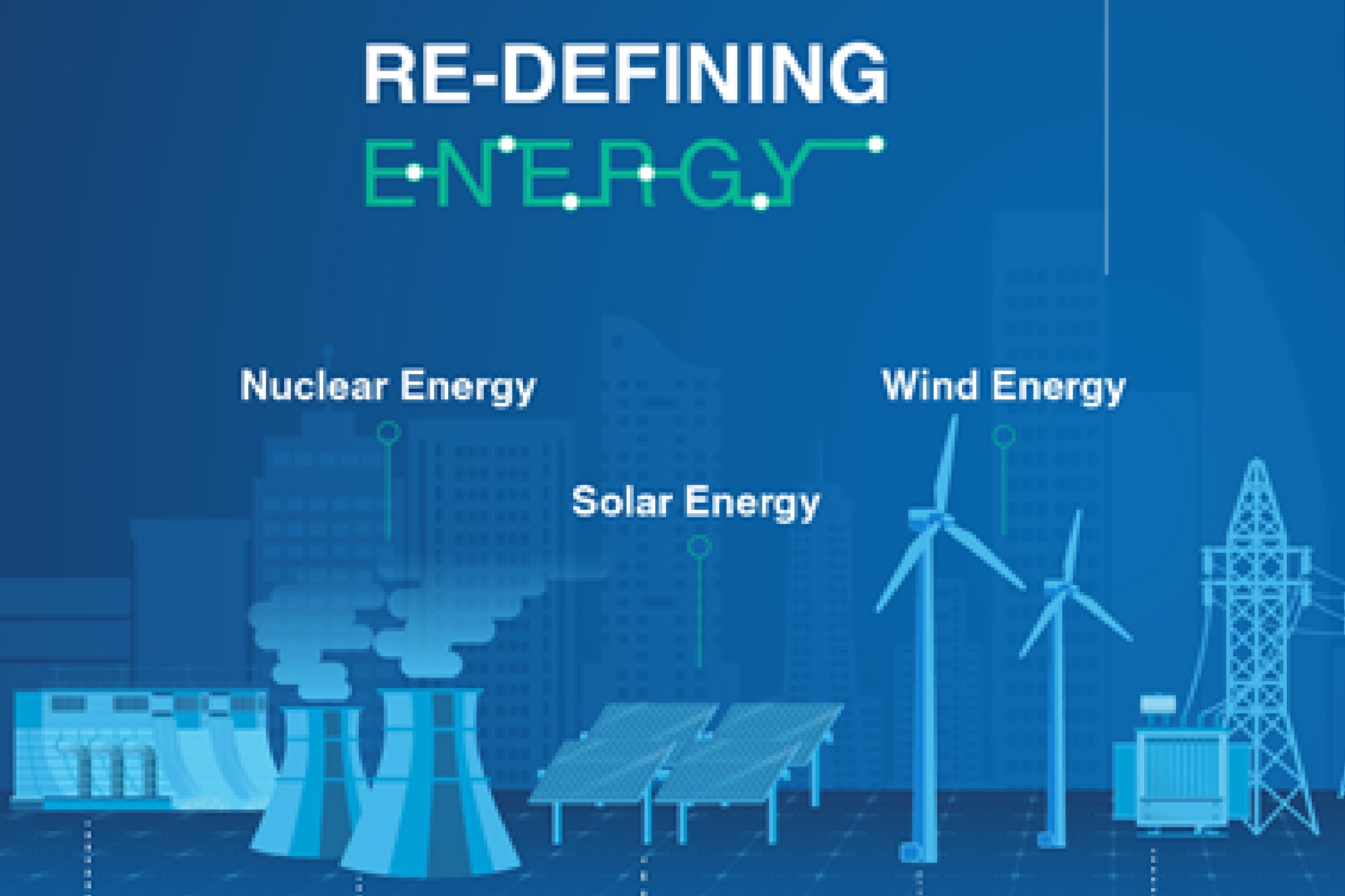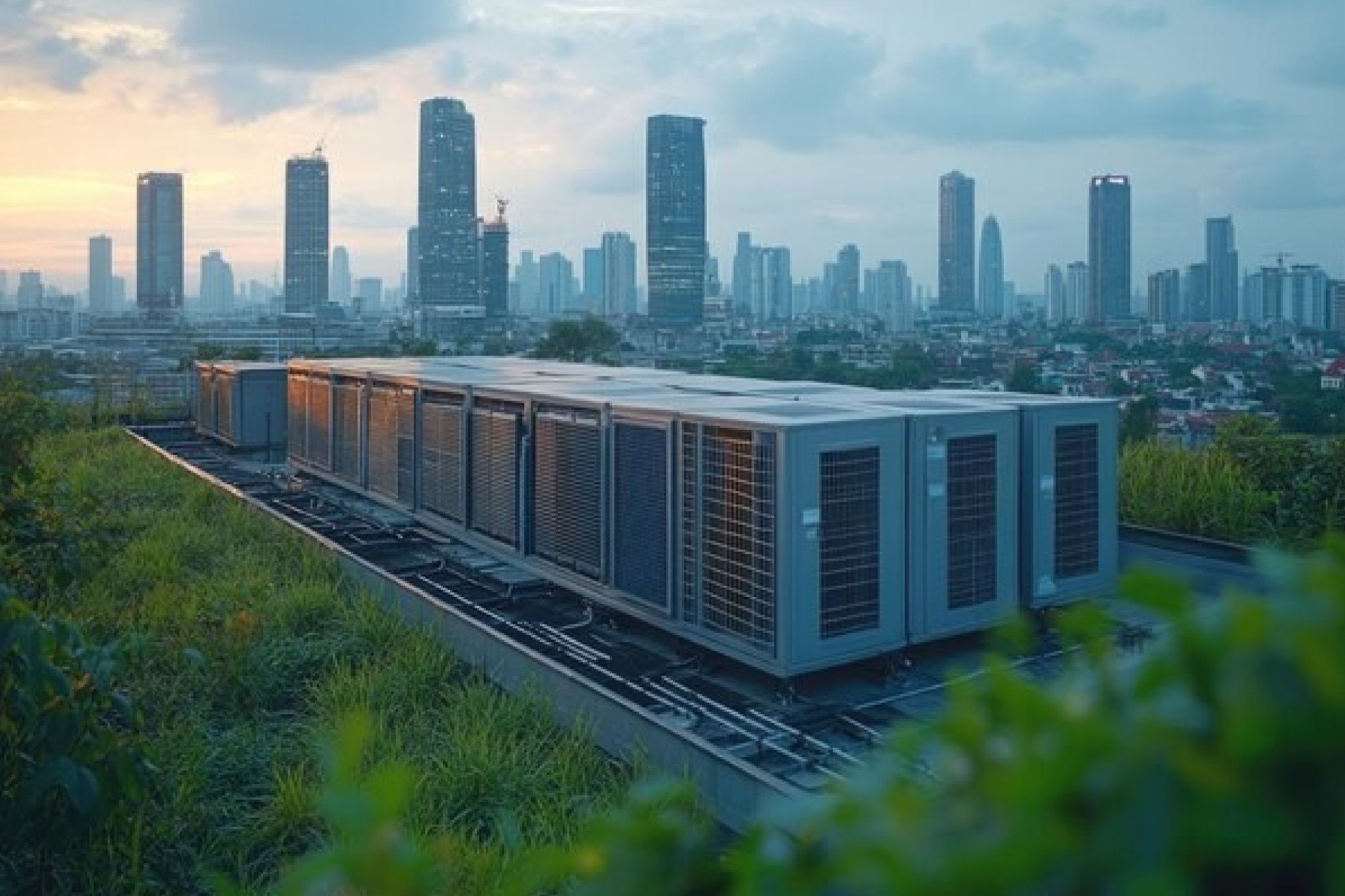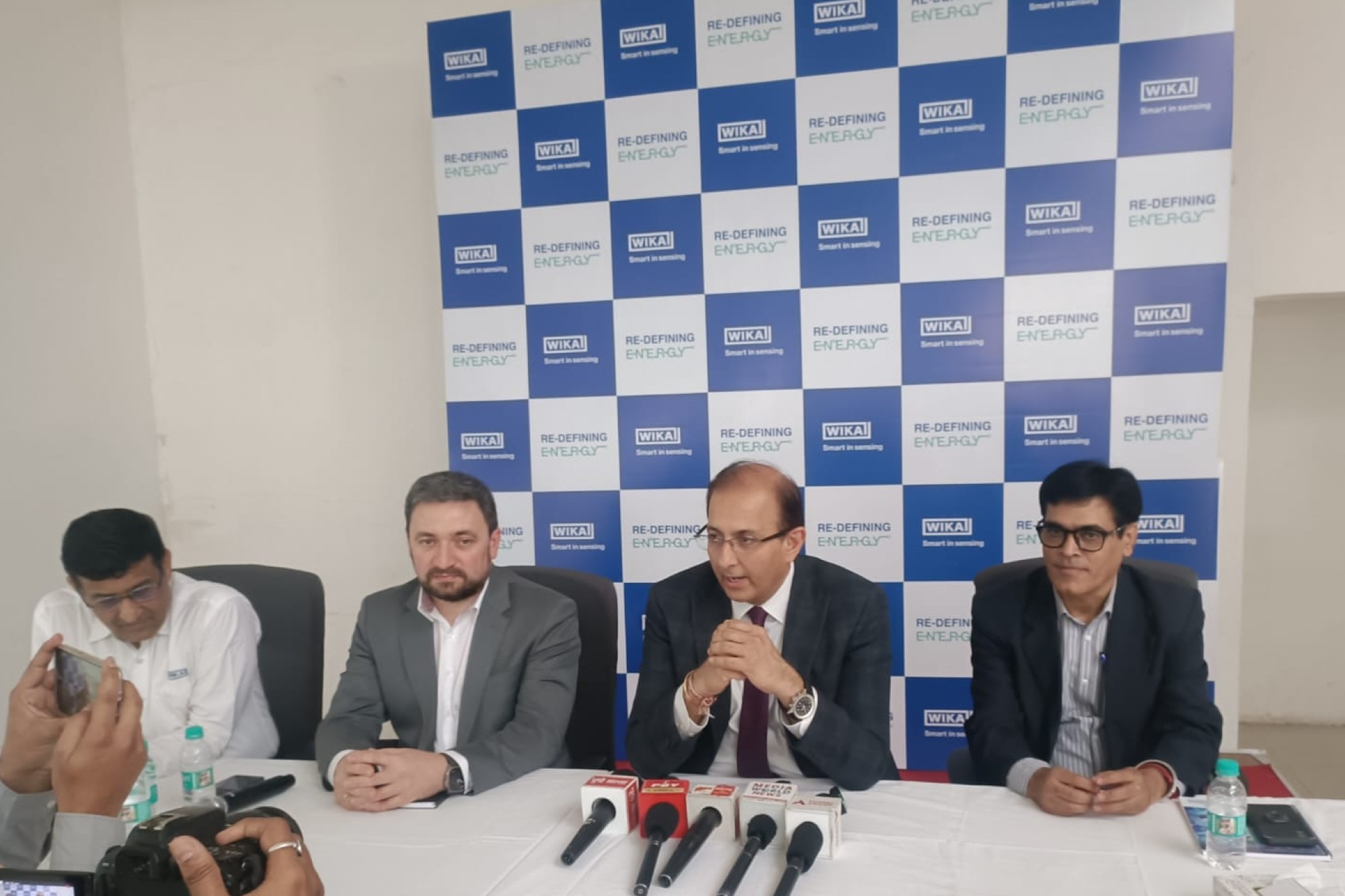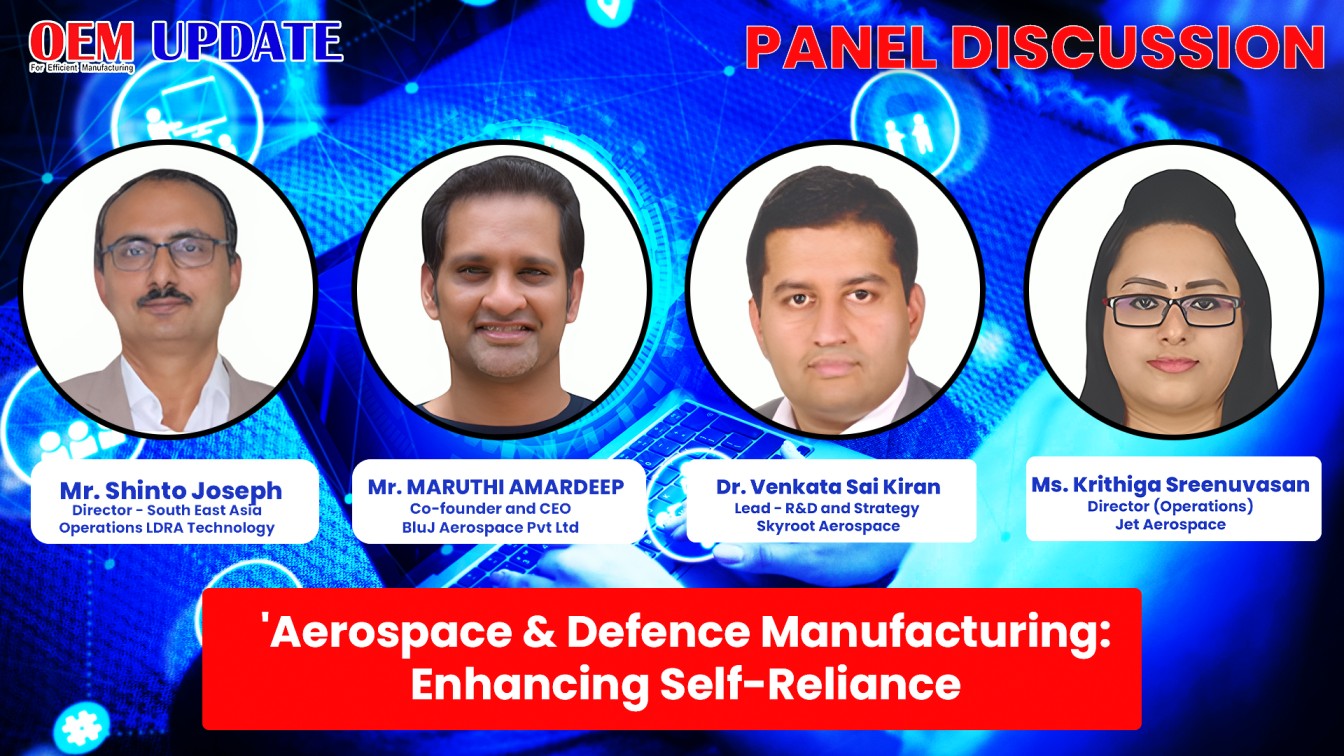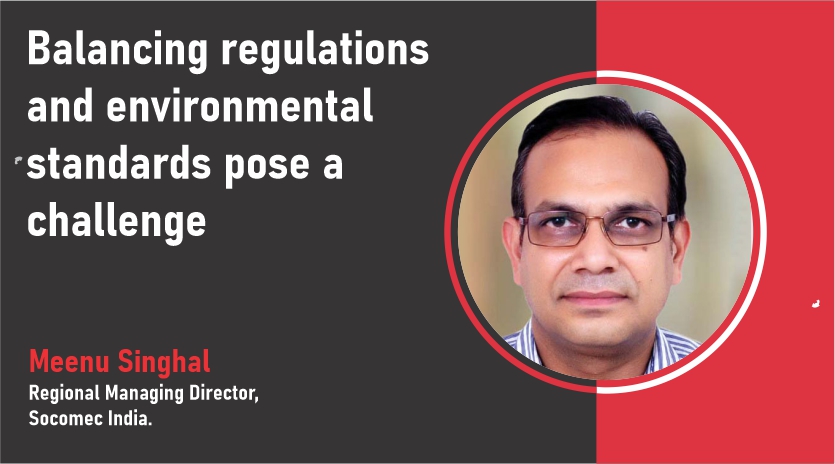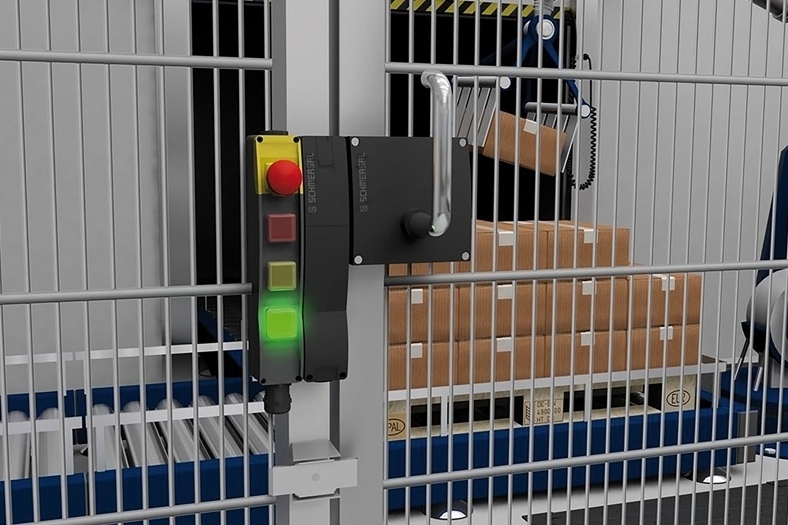Understanding and preventing pump cavitation
By OEM Update Editorial August 7, 2019 2:41 pm IST
Cavitation is a common problem for centrifugal pumps. If there is strange noise coming from the pump, there’s a chance of cavitation is the issue. But really what is cavitation and how to prevent it? Cavitation, in general terms, is used to describe the behaviour of voids or bubbles in liquid. Whenever the flowing liquid pressure falls below its vapor pressure, vapor bubbles can form (refer Fig-1). If the same liquid is then subjected to high pressures which is above the vapor pressure, then these bubbles can implode, causing damage, which is called cavitation.
The following are the damages in pump due to cavitation:
• Erosion of impeller due to cavitation will cause unbalance of the impeller (refer Fig-2)
• Cavitation produces high vibration and damage bearings
• Due to cavitation, pump life will reduce and cause premature failure of the pump
Major factors causing pump cavitation
• Pressure drop at the pump suction nozzle
If the liquid doesn’t have enough pressure over the vapor pressure of liquid at operating conditions, then vaporisation of the liquid takes place leading to formation of gas bubbles is very likely, which leads to cavitation.
• Increase of the temperature of the pumped liquid
Increased liquid temperature leads increased vapor pressure. It makes operating pressure to fall below the vapor pressure value, hence leading to bubbles and cavitation.
• High fluid velocity at pump suction
If the rate of the liquid flow increase than the design condition, liquid velocity which means frictional pressure loss also increases. As per Bernoulli’s principle, higher liquid velocity means lower pressure head. This lowers the pressure and increases the chances for cavitation to occur at the pump suction nozzle.
• Varying liquid level in the suction source (tank)
In the negative suction condition, if the suction lift is too high, it will increase the pipe friction and reduces the pressure at pump suction. In flooded suction condition, if the liquid level increases in the suction tank, it decreases the differential head across the pump, or the level in the open suction tank decreases causing vortex issues, allowing air into the pump suction.
• Objectionable flow conditions
Obstructions in the sharp elbows, valves and in other fittings cause more frictional pressure loss and leads reduced pressure in the pump suction leading to cavitation.
Technologies for predictive detection and prevention of cavitation in pumps
• Install condition monitoring technology
Use the intelligent pumping solution by using a standard variable frequency drive and directly embedding pump specific algorithms into the drive. This smart technology automatically right-sizes which means changing the speed of the pump to our system.
Manager – Tech Support (Single Stage Pumps),
Grundfos India
Cookie Consent
We use cookies to personalize your experience. By continuing to visit this website you agree to our Terms & Conditions, Privacy Policy and Cookie Policy.



